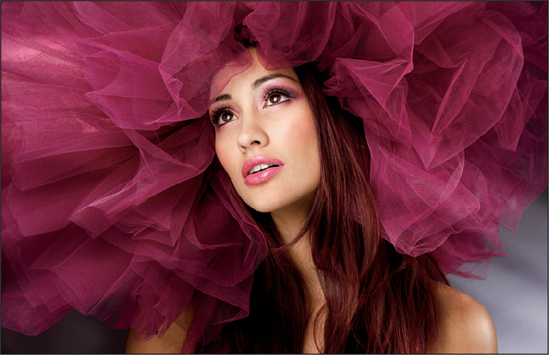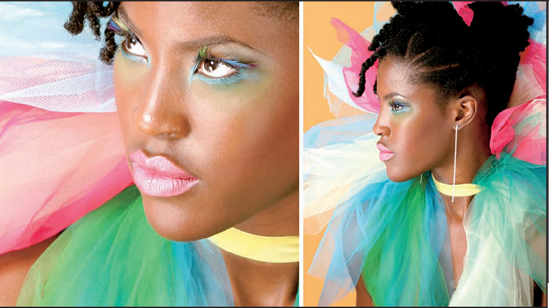Chapter 3. Photo Composition and Model Positioning

Few pros go into the studio, set up their lights, frame their subjects, shoot, and then say, "That's it!" Most shoots are a deeply considered, evolutionary event—a creative process in which lights are arranged and rearranged, models are posed and repositioned, exposures are varied, and so on.
In this chapter, see some of our studio shoots and the madness behind some of the methods.

Shoot Horizontals and Verticals
As much as you may prefer a horizontal shot over a vertical, or vice versa, shoot a subject both ways. By doing so, you offer a client—or a book or magazine publisher—an important choice.
In the case of publishing, your photograph may fit into available space on a page one way. Limiting your format options may limit the use of your images. What's more, you may change your mind after the shoot on which generates the better composition.
And who knows? An art director may want to use your photograph for a horizontal or vertical poster. How cool! Here, too, you don't want to miss out on a sale because your image does not fit the client's specifications.
By the way, if you only have a horizontal and the client wants a vertical, don't panic. With the resolution of today's cameras, it's easy to crop a horizontal image vertically; but you ...
Get Studio & Location Lighting Secrets for Digital Photographers now with the O’Reilly learning platform.
O’Reilly members experience books, live events, courses curated by job role, and more from O’Reilly and nearly 200 top publishers.

